NB: I initally wrote this with the goal of submitting to
SlateStarCodex however things are on hold
with that site so I thought I would just post here instead.
As I get older, I find that I am less willing to tolerate bad books. In
the past, out of a strange sense of guilt, I would force myself to keep
reading books even though I did not enjoy them. Nowadays, if I am
starting to get bored with a book I will stop reading as early as
possible and move on to other books. The Great
Influenza by John M.
Berry challenged this mantra immensely.
This was a book I had heard quite a bit about over the past few years
and had long been interested in reading it. I have a background in
public health, attended Johns Hopkins University and I wanted to learn
more about influenza outbreaks - all of which made me excited to finally
sit down and read this book.
This book starts off by making two compelling arguments - the first is
that the US medical education system was incredibly weak in 1918 and
most medical doctors had no real expertise or training upon graduation
and the second argument is that the outbreak began at an army camp in Kansas.
Both of these arguments are methodically presented with extensive
background by the author. About halfway through the book, as the
influenza epidemic continues to grow larger, the author abandons both of
these arguments and shifts to more of a focus on how different
communities and the US Government responded to the outbreak. The author
argues that the Johns Hopkins School of Medicine was intented to improve
medical education in the US and was based on the medical education system in German Universities. Many of the
early founders of the Johns Hopkins School of Medicine are extensively
profiled, only to completely disappear from the book entirely over the
course of the book. This is not uncommon, many
individuals are introduced, given a thorough background and then never
mentioned again.
In the Afterword, the author says he had hoped this book would take only
1-2 years to complete and it ended up taking him seven years to
complete. This is evident as there are many examples of the author
describing events and people in excessive detail only for the event or
person never to never be mentioned again. For example “Cincinnati’s public health agencies had examined 7,058
influenza victims since the epidemic had ended and found that 5,264
needed some medical assistance; 643 of them had heart problems, and an
extraordinary number of prominent citizens who had influenza had died
suddenly early in 1919.” (p. 392) This is the first time in the book
that Cincinnati is mentioned in the book and it is unclear what exactly
these statistical counts add to the narrative as Cincinnati is never
mentioned again.
This book is sorely in need of an editor to prune some of the
superfluous text. For example:
“It also seemed - although this was not scientifically established -
that those who went to bed the earliest, stayed there the longest, and
had the best care survived at the highest rates. Those findings meant of
course that the poor died in larger numbers than the rich.” (p. 408)
Some basic run on sentences:
“Ten days, two weeks, sometimes even longer than two weeks after the
initial attack by the virus, after victims had felt better, after
recovery had seemed to begin, victims were suddenly getting seriously
ill again. And they were dying.” (p. 317)
Reading page after page of this is exhausting.
This is not to say the book is all bad. There are some interesting
parallels between today and the 1918 outbreak that are worth exploring.
For example in 1918, President Wilson did not mention the
outbreak at all in public and very rarely if at all in private with his
staff. The US Surgeon General at the time, Rupert Blue, was extremely slow
to even ask for influenza infection counts and instead focused on
extolling patriotism by the virtues of Liberty Loans. In Phoenix and
Philadelphia, “Citizens Committees” were created by private citizen
groups who took it upon themselves to act to enforce quarantine and sanitation ordinances.
Finally, I was cautiously optimistic about the Afterword,
written ten years after publication in 2018, and I hoped it would be a
breath of fresh air. Sadly it is not. The author rants in the Afterword by claiming that wearing face masks is useless and that the only thing
that might get society through a similar epidemic is belief in our
elected leaders.
In many ways, reading this book is like performing a science experiment
in the sense that there is an interesting story present but to get to it one must sift through a great deal of noise. The book as a whole was moderately
interesting but far, far too long. For additional background I would
also suggest reading the excellent Wikipedia page about the 1918
Flu instead.



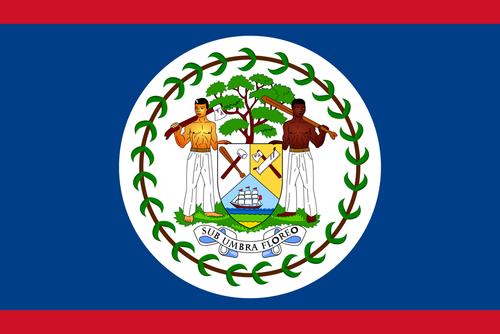
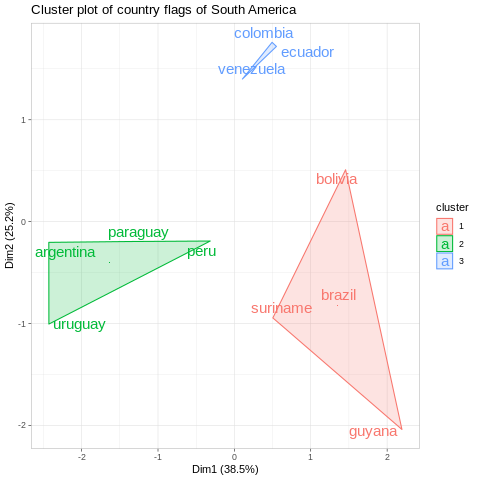
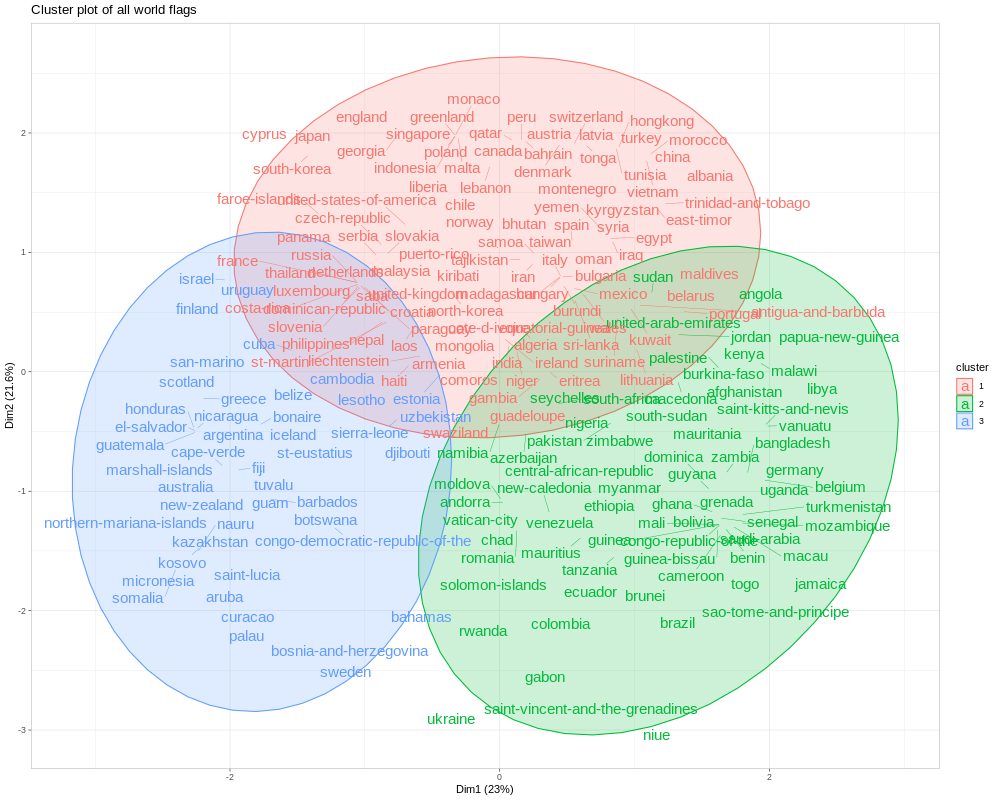
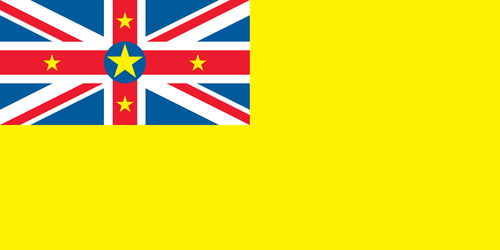

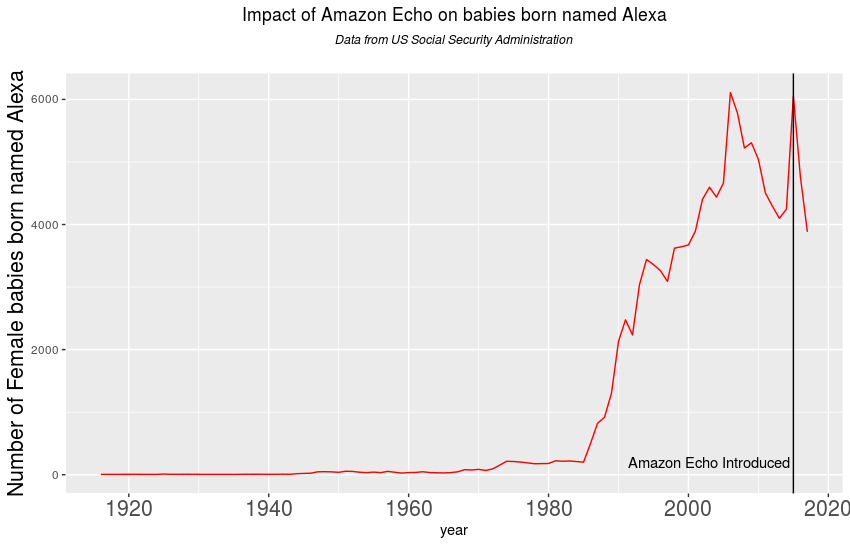
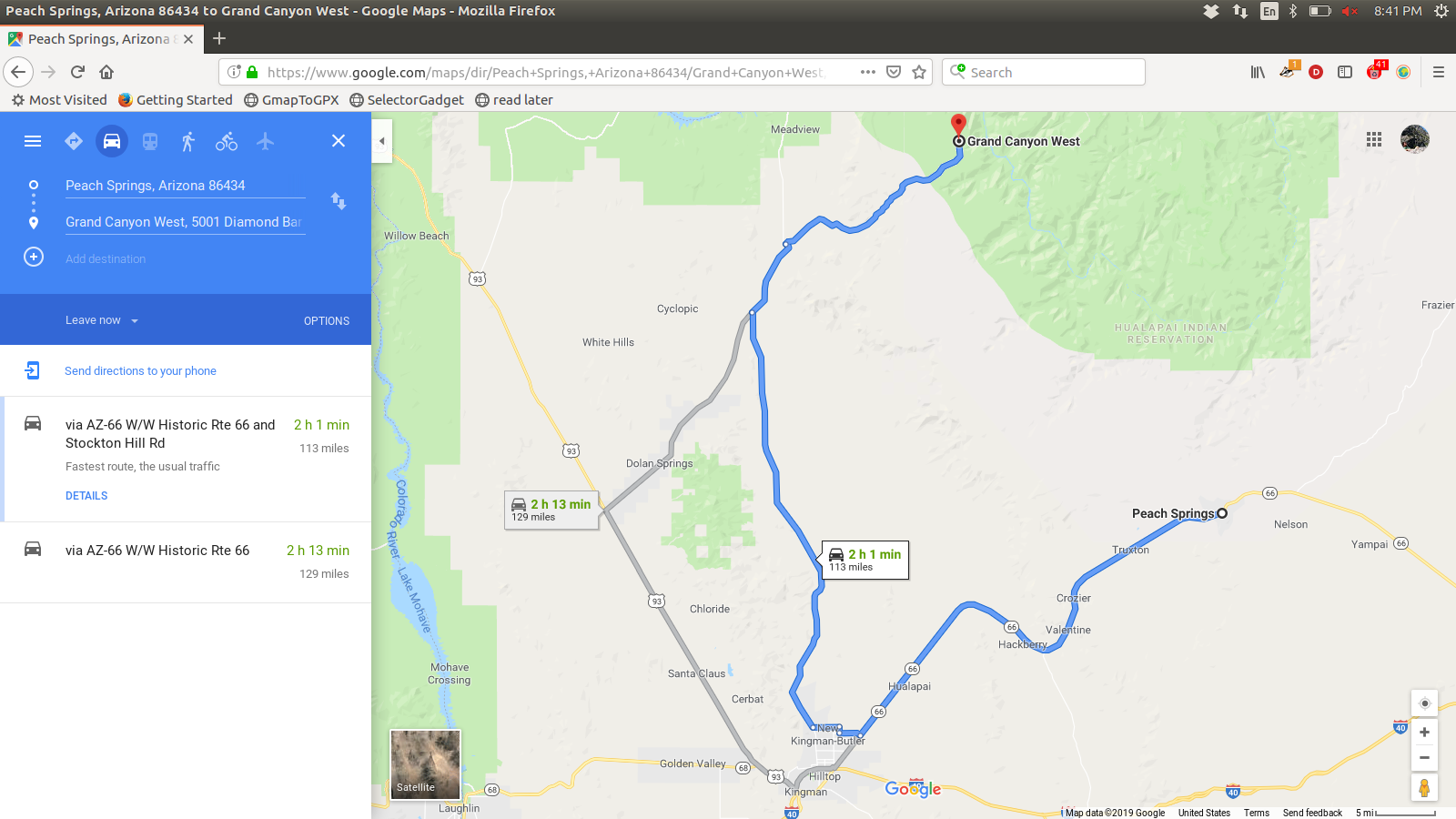
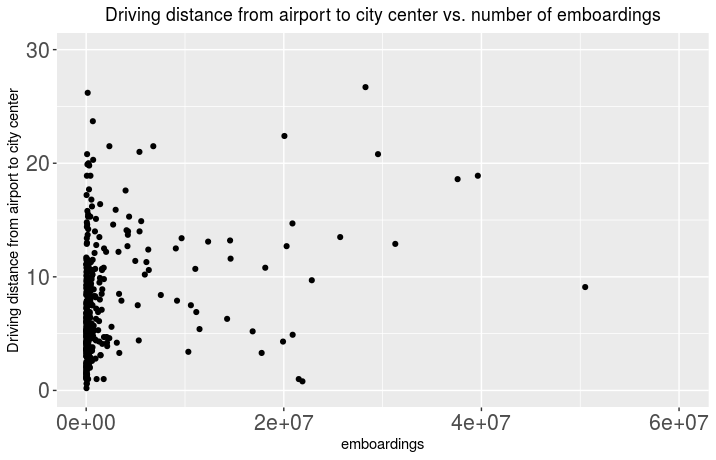
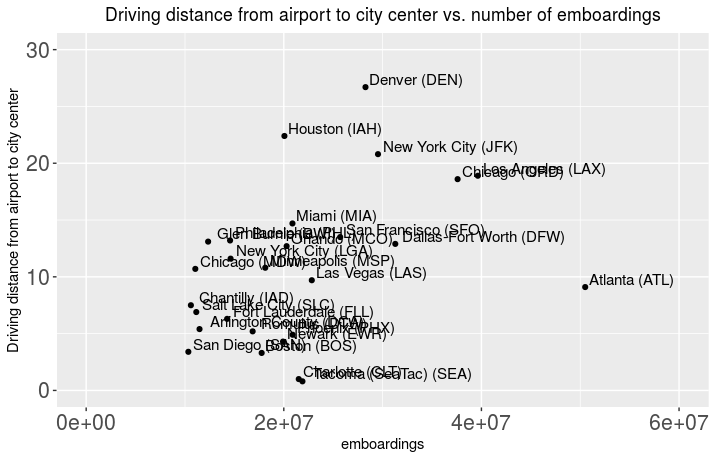
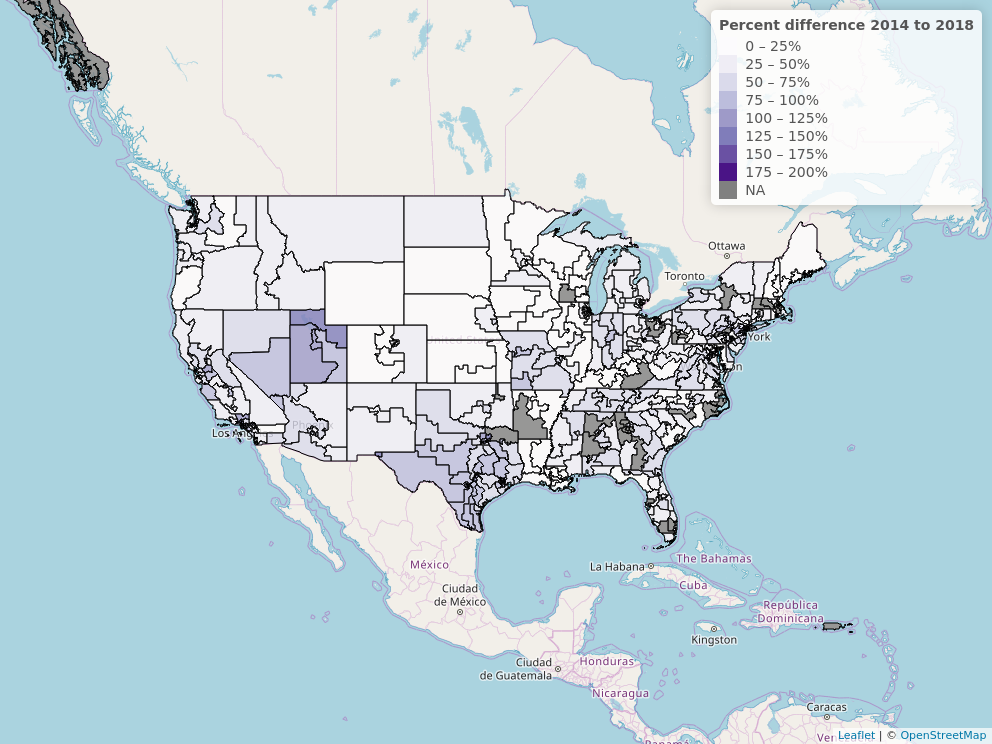
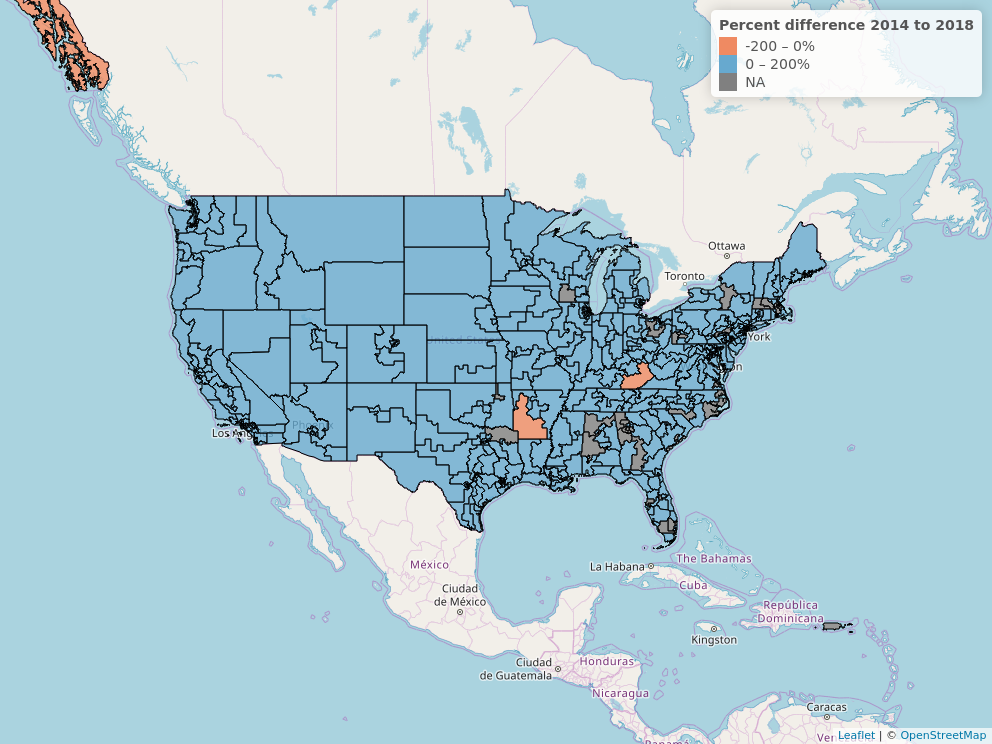 Explorable version of this map
Explorable version of this map
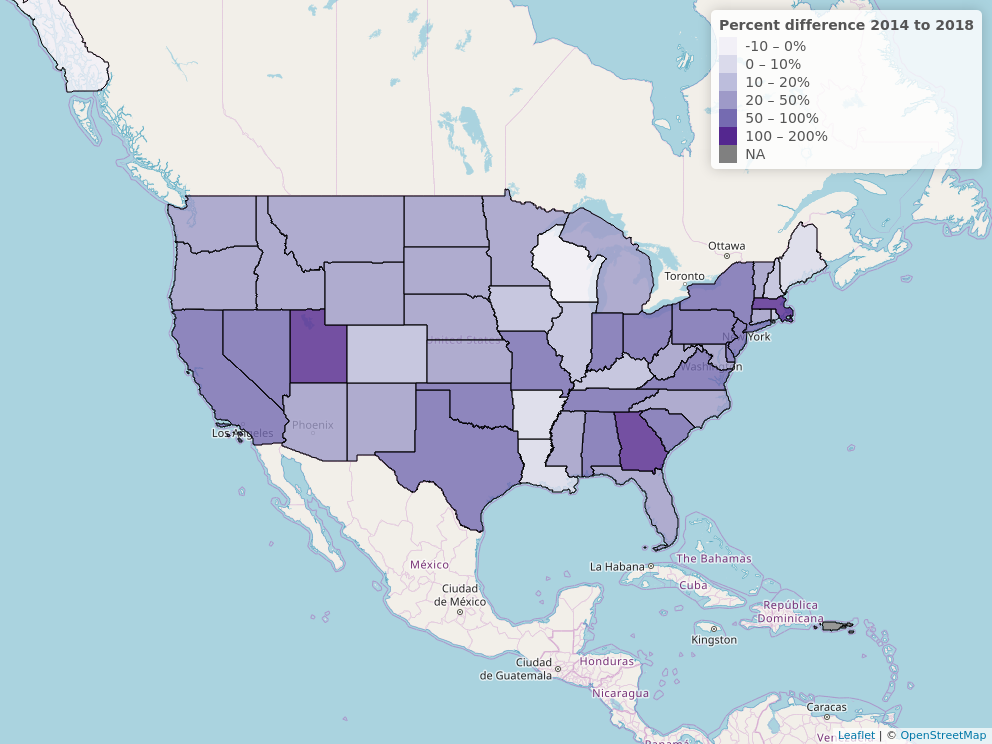 Explorable version of this map
Explorable version of this map